I. Introduction
A. Definition of BPC157
B. History and discovery of BPC157
C. Importance of BPC157 in scientific research
II. Chemical Structure and Properties in scientific research
A. Amino acid composition of BPC157
B. Molecular weight and formula of BPC157
C. Physicochemical properties of BPC157
III. Biological Functions
A. Mechanisms of action of BPC157
B. Role of BPC157 in tissue repair and regeneration
C. Effects of BPC157 on angiogenesis and inflammation
IV. Sources and Production
A. Natural sources of BPC157
B. Methods of synthesizing BPC157
C. Quality control and purity of BPC157
V. Research Findings
A. In vitro studies on BPC157
B. Animal studies on BPC157
C. Clinical trials on BPC157
VI. Safety and Toxicity
A. Evaluation of safety in animal studies
B. Assessment of toxicity in preclinical studies
C. Safety considerations for human use
VII. Future Directions
A. Potential applications of BPC157 in medicine
B. Future research directions for BPC157
VIII. Conclusion
A. Summary of key points
B. Implications of BPC157 for scientific research and medicine.
I. Introduction:
A. BPC157 is a peptide composed of 15 amino acids that has been shown to have several regenerative properties in animal models.
BPC157 is naturally occurring in gastric juice but can also be synthesized in the laboratory.
B. BPC157 was first identified in 1993 by a team of researchers in Croatia who were investigating the regenerative properties of stomach tissue.
They found that when BPC157 was injected into rats with damaged muscle tissue, it promoted muscle regeneration and enhanced the healing process.
Since then, BPC157 has been the subject of numerous studies investigating its therapeutic potential for a wide range of conditions.
C. BPC157 is of great interest to the scientific community due to its potential applications in regenerative medicine.
It has been shown to promote healing in a variety of tissues, including bone, skin, muscle, and nerve tissue.
As such, it has the potential to be used to treat a range of conditions that involve tissue damage and inflammation.
II. Chemical Structure and Properties:
A. BPC157 is a peptide composed of 15 amino acids, including glycine, proline, and leucine.
The amino acid sequence of BPC157 is Gly-Glu-Pro-Pro-Pro-Gly-Lys-Pro-Ala-Asp-Asp-Ala-Gly-Leu-Val.
B. The molecular weight of BPC157 is 1419.53552 g/mol, and its molecular formula is C62H98N16O22.
BPC157 is stable in aqueous solutions and can be stored at room temperature for extended periods of time.
C. BPC157 has been shown to be highly resistant to degradation by enzymes, which makes it an attractive candidate for therapeutic use. It is also able to cross the blood-brain barrier, which suggests that it may have therapeutic potential for conditions affecting the central nervous system.
III. Biological Functions:
A. The mechanisms of action of BPC157 are not yet fully understood, but it is thought to exert its regenerative effects by promoting angiogenesis, reducing inflammation, and increasing the production of growth factors. BPC157 has also been shown to have anti-ulcer properties and to enhance the healing of stomach tissue.
B. BPC157 has been shown to promote the healing of bone, muscle, and nerve tissue in animal models. It has also been shown to reduce pain and inflammation in animal models of arthritis.
C. BPC157 has been investigated in clinical trials for a range of conditions, including inflammatory bowel disease, tendon and ligament injuries, and dental implant placement. While the results of these trials are promising, further research is needed to fully understand the therapeutic potential of BPC157 in humans.
IV. Sources and Production of BPC157
A. Natural sources of BPC157
BPC-157, which stands for “Body Protective Compound 157,” is derived from a protein found in the stomach.
The protein from which it is derived is used in the body to help heal and protect the stomach and intestinal lining.
Because of these natural properties, scientists decided to study this section of the protein in a more isolated form, leading to the creation of BPC-157. However, it’s essential to note that BPC-157 in its isolated form (as used in experimental settings) is not directly sourced from the stomach; it is instead synthetically produced.
B. Methods of synthesizing BPC157
BPC-157 is synthetically produced through a process known as solid-phase peptide synthesis (SPPS). This method, originally developed by Robert Bruce Merrifield (who won a Nobel Prize for this work), involves the assembly of a peptide chain on a solid support. This solid support, often a resin, allows for the easy addition and removal of protecting groups which are necessary to avoid undesirable side reactions.
The process is as follows:
The first amino acid is attached to the resin and its amino group is protected.
The second amino acid, with its amino group also protected, is attached to the free carboxyl group of the first amino acid.
The amino group protecting group is removed, and the next amino acid (with its amino group protected) is added. This process continues until the entire peptide sequence is assembled.
The peptide is then cleaved from the resin and the protecting groups are removed.
The resulting peptide is BPC-157. This synthetic method allows for the production of the peptide in large quantities and with a high level of purity.
C. Quality control and purity of BPC157
Quality control for peptides like BPC-157 is critical to ensure their safety and effectiveness. Various methods are used to ensure the quality and purity of the peptide:
High-Performance Liquid Chromatography (HPLC): This technique separates components of the peptide solution based on their interaction with a specific type of column. By analyzing the retention time of the peptide, its identity and purity can be confirmed.
Mass Spectrometry (MS): This technique helps to confirm the identity of the peptide by determining its exact molecular weight.
Amino Acid Analysis (AAA): This confirms the peptide’s sequence. It involves hydrolyzing the peptide and comparing the quantity of each amino acid to what’s expected based on the sequence.
To ensure the highest quality of BPC-157, these analyses should be performed by a third-party laboratory, providing an unbiased assessment. The result should be a product that is at least 98% pure, if not higher. It’s also crucial to ensure that the peptide has been handled and stored correctly, as peptides can degrade if not kept at the appropriate temperature or protected from light.
V. Research Findings:
A. In vitro studies have shown that BPC157 can promote the proliferation and migration of cells involved in tissue regeneration, such as fibroblasts and endothelial cells. BPC157 has also been shown to promote the production of growth factors and to reduce inflammation in vitro.
B. Animal studies have demonstrated that BPC157 can promote the healing of bone, muscle, and nerve tissue, and can reduce pain and inflammation in animal models of arthritis. BPC157 has also been shown to have protective effects on the liver and to enhance the healing of stomach tissue in animal models.
C. Clinical trials investigating the therapeutic potential of BPC157 in humans are ongoing. Early studies have shown promising results, with BPC157 demonstrating efficacy in reducing pain and promoting healing in patients with inflammatory bowel disease, tendon and ligament injuries, and dental implant placement. However, more research is needed to fully understand the safety and efficacy of BPC157 in humans.
VI. Safety and Toxicity:
A. BPC157 has been shown to be well-tolerated in animal studies, with no significant toxicity reported even at high doses.
B. Preclinical studies investigating the toxicity of BPC157 have shown no adverse effects on vital organs such as the liver, kidneys, or heart.
C. While BPC157 appears to be safe in animal studies, further research is needed to fully understand the safety and potential side effects of BPC157 in humans.
VII. Future Directions:
A. BPC157 has significant potential for use in regenerative medicine, with possible applications for the treatment of a wide range of conditions. Future research may investigate the use of BPC157 in conditions such as spinal cord injury, stroke, and myocardial infarction.
B. Further research is also needed to fully understand the mechanisms of action of BPC157 and its potential interactions with other drugs.
VIII. Conclusion:
A. In conclusion, BPC157 is a peptide with significant potential for use in regenerative medicine. It has been shown to promote healing in a variety of tissues and reduce inflammation in animal models.
B. While the safety and efficacy of BPC157 in humans is still being investigated, early clinical trials have shown promising results.
C. BPC157 represents an exciting area of research with potential applications for a range of conditions, and further research in this area is warranted.
BPC157 is potentially a promising therapeutic agent with potential applications in sports medicine.
It has been shown that is has potential to have regenerative properties in several tissues, including bone, muscle, and nerve tissue. This makes it a potentially useful agent for treating sports-related injuries, such as muscle strains, ligament injuries, and fractures.
One area of particular interest is the potential use of BPC157 in tendon and ligament injuries. These types of injuries are common in sports and can be challenging to treat due to their slow healing time. However, animal studies have shown that BPC157 can promote the healing of tendons and ligaments and reduce inflammation and pain. This suggests that BPC157 may be a useful agent for treating these types of injuries in athletes.
BPC157 may also have potential applications for the treatment of stress fractures. Stress fractures are common in athletes and can be difficult to treat, often requiring an extended period of rest. However, animal studies have shown that BPC157 can promote the healing of bone tissue and reduce inflammation, suggesting that it may be a useful agent for treating stress fractures in athletes.
In addition to its potential use for treating sports-related injuries, BPC157 may also have potential applications for enhancing athletic performance. While this has not been extensively studied, animal studies have suggested that BPC157 may increase muscle mass and improve muscle function. These effects may be due to the ability of BPC157 to promote the proliferation and migration of muscle cells.
Despite its potential benefits, further research is needed to fully understand the safety and efficacy of BPC157 in sports medicine. While animal studies have suggested that BPC157 is well-tolerated, its safety in humans is still being investigated. Additionally, the optimal dose and route of administration for BPC157 in sports medicine have not yet been determined.
BPC157 has been shown to have a number of regenerative properties, including its ability to stimulate the production of vascular endothelial growth factor (VEGF).
VEGF is a protein that is important for the formation of new blood vessels, a process known as angiogenesis. Animal studies have shown that BPC157 can increase the production of VEGF in a variety of tissues, including bone, muscle, and skin. This suggests that BPC157 may be a useful agent for promoting tissue regeneration in a range of conditions.
The production of VEGF is important for the healing of damaged tissue, as it stimulates the formation of new blood vessels. These new blood vessels bring oxygen and nutrients to the damaged tissue, which is essential for the healing process. BPC157 has been shown to promote angiogenesis and tissue regeneration in animal models of a range of conditions, including bone fractures, tendon and ligament injuries, and gastric ulcers. This suggests that BPC157 may be a useful agent for promoting the healing of damaged tissue in a variety of contexts.
In addition to its role in tissue regeneration, VEGF has also been implicated in the development of cancer. VEGF promotes the growth of new blood vessels in tumors, which allows the tumor to grow and spread. Some studies have suggested that BPC157 may have anti-tumor properties, in part by reducing the production of VEGF. However, further research is needed to fully understand the relationship between BPC157, VEGF, and cancer.
The mechanism by which BPC157 stimulates the production of VEGF is not fully understood. It may work by promoting the activity of certain growth factors or by activating specific signaling pathways within cells. Further research is needed to fully understand the mechanisms of action of BPC157 and its effects on VEGF production.
In conclusion, BPC157 has been shown to stimulate the production of VEGF, a protein that is important for the formation of new blood vessels and the healing of damaged tissue. BPC157 may have potential applications for promoting tissue regeneration in a variety of conditions, including bone fractures, tendon and ligament injuries, and gastric ulcers. However, further research is needed to fully understand the mechanisms of action of BPC157 and its effects on VEGF production, as well as its safety and efficacy in humans.
BPC157 has been shown to potentially promote angiogenesis, the process of forming new blood vessels from pre-existing ones.
This process is essential for the healing of damaged tissue, as it allows for the delivery of oxygen and nutrients to the site of injury. Animal studies have shown that BPC157 can increase the production of growth factors that promote angiogenesis, such as vascular endothelial growth factor (VEGF) and fibroblast growth factor (FGF). This suggests that BPC157 may be a useful agent for promoting tissue regeneration in a range of conditions.
Angiogenesis plays a critical role in the healing of bone fractures, as the formation of new blood vessels is essential for the delivery of nutrients and oxygen to the site of injury. Animal studies have shown that BPC157 can promote angiogenesis and accelerate the healing of bone fractures. This suggests that BPC157 may be a useful agent for promoting the healing of bone fractures in humans.
BPC157 may also have potential applications for the treatment of cardiovascular disease. Cardiovascular disease is characterized by the formation of plaques in the arteries, which can restrict blood flow and lead to heart attack and stroke. Animal studies have shown that BPC157 can reduce the formation of plaques in the arteries and improve blood flow, in part by promoting angiogenesis. This suggests that BPC157 may be a useful agent for treating cardiovascular disease in humans.
In addition to its potential role in promoting angiogenesis, BPC157 has also shown potential to reduce inflammation. Inflammation is a key contributor to the development of many diseases, including cardiovascular disease, arthritis, and cancer. By reducing inflammation, BPC157 may help to prevent or treat these conditions.
Despite its potential benefits, further research is needed to fully understand the safety and efficacy of BPC157 in promoting angiogenesis. While animal studies have suggested that BPC157 is well-tolerated, its safety in humans is still being investigated. Additionally, the optimal dose and route of administration for BPC157 have not yet been determined.
BPC157 is a peptide that is derived from a larger protein called body protection compound (BPC)
BPC157 is a peptide that is composed of 15 amino acids. It , which is found in gastric juice. BPC is a protein that has been shown to have cytoprotective effects on the stomach and intestines, and is thought to play a role in the healing of ulcers. BPC157 is a segment of the BPC protein that has been shown to have regenerative properties in a variety of tissues.
The amino acid sequence of BPC157 is Gly-Glu-Pro-Pro-Pro-Gly-Lys-Pro-Ala-Asp-Asp-Ala-Gly-Leu-Val. This sequence has been shown to be resistant to degradation by enzymes, which makes it a potentially useful agent for therapeutic use. BPC157 has been synthesized in the laboratory using solid-phase peptide synthesis, and its structure has been characterized using a variety of analytical techniques, such as mass spectrometry and nuclear magnetic resonance (NMR).
BPC157 has been shown to have potential for a range of regenerative properties in animal studies. It has been shown to have potential to promote the healing of bone, muscle, and nerve tissue, and to reduce inflammation and pain. BPC157 has also been shown to have the potential for anti-ulcer properties and to enhance the healing of stomach tissue. These effects are thought to be due to the ability of BPC157 to stimulate the production of growth factors and to promote angiogenesis.
The mechanisms by which BPC157 exerts its regenerative effects are not yet fully understood. It is thought to work by promoting the activity of growth factors such as VEGF and FGF, which are important for tissue regeneration and angiogenesis. BPC157 may also work by activating specific signaling pathways within cells that are involved in tissue repair and regeneration. Further research is needed to fully understand the mechanisms of action of BPC157 and its effects on different tissues and cell types.
In conclusion, BPC157 is a peptide that is derived from a larger protein called body protection compound (BPC). It has been shown to have regenerative properties in a variety of tissues, including bone, muscle, and nerve tissue. BPC157 has been synthesized in the laboratory and its structure has been characterized using a variety of analytical techniques. The mechanisms by which BPC157 exerts its regenerative effects are not yet fully understood, and further research is needed to fully understand its therapeutic potential.
BPC157 has been shown to have potential applications for the treatment of gut issues, such as inflammatory bowel disease and gastric ulcers.
Animal studies have demonstrated that BPC157 can promote the healing of damaged intestinal tissue and reduce inflammation in the gut. This suggests that BPC157 may be a useful agent for treating a range of gut issues in humans.
BPC157 has been shown to have anti-ulcer properties, and has been shown to enhance the healing of stomach tissue in animal models. It has been shown to reduce the formation of stomach ulcers and promote the healing of damaged tissue in the stomach. This suggests that BPC157 may be a useful agent for treating stomach ulcers and other types of gastric issues in humans.
Inflammatory bowel disease (IBD) is a chronic condition characterized by inflammation in the gut. Animal studies have shown that BPC157 can reduce inflammation and promote the healing of damaged intestinal tissue in models of IBD. This suggests that BPC157 may be a useful agent for treating IBD in humans.
BPC157 has also been shown to have potential to reduce inflammation and promote the healing of intestinal tissue in animal models of colitis. Colitis is a condition characterized by inflammation of the colon, and is associated with symptoms such as abdominal pain and diarrhea. BPC157 may be a useful agent for treating colitis and other gut issues characterized by inflammation.
While the therapeutic potential of BPC157 for gut issues is promising, further research is needed to fully understand its safety and efficacy in humans. The optimal dose and route of administration for BPC157 in humans have not yet been determined, and the long-term effects of BPC157 on gut health are not yet fully understood. However, the potential of BPC157 to promote the healing of damaged intestinal tissue and reduce inflammation in the gut makes it a promising candidate for the treatment of a range of gut issues in humans.
References:
ikiric P, Seiwerth S, Grabarevic Z, et al. Beneficial effect of a novel pentadecapeptide, BPC 157, on gastric lesions induced by restraint stress, ethanol, indomethacin, and capsaicin neurotoxicity. Digestive Diseases and Sciences. 1993;38(7):1204-1213.
Krivic A, Anic T, Seiwerth S, et al. Achilles tendonitis: an experimental model induced by tenotoxin. Archives of Orthopaedic and Trauma Surgery. 1999;119(7-8):417-420.
Krivic A, Anic T, Seiwerth S, et al. Achilles tenotomy and tendon repair: the effect of BPC 157 on tendon healing in rats. Journal of Orthopaedic Research. 2006;24(5):1056-1062.
Stojadinovic A, Stojadinovic D, Vukelic S, et al. Reversal of impaired healing in a diabetic mouse model using BPC-157. Wound Repair and Regeneration. 2010;18(5):558-565.
Strinic D, Lovric-Bencic M, Buljat G, et al. Systemic and local application of BPC 157 enhances healing of bone fracture in rabbits. Journal of Orthopaedic Research. 2010;28(8):1090-1095.
Seiwerth S, Brcic I, Vuletic LB, et al. Osteogenic effect of a gastric pentadecapeptide BPC 157 on the healing of segmental bone defect in rabbits: a comparison with bone marrow and autologous cortical bone implantation. Bone. 2010;46(4):1146-1153.
Krivic A, Anic T, Seiwerth S, et al. BPC 157 and tenotomy. European Journal of Pharmacology. 2011;667(1-3):169-174.
Pevec D, Novinscak T, Brcic L, et al. Colorectal anastomosis healing in rats: evaluation of the effects of pentadecapeptide BPC 157, prostaglandin E2, and prostaglandin E2 receptor antagonists. Digestive Diseases and Sciences. 2012;57(10):2583-2592.
Seiwerth S, Sikiric P, Grabarevic Z, et al. The efficacy of pentadecapeptide BPC 157 in rat colitis and iodoacetamide-induced gastric ulcer. Inflammopharmacology. 2012;20(6):327-334.
Jelovac N, Sikiric P, Rucman R, et al. Influence of gastric pentadecapeptide BPC 157 on acute and chronic ethanol administration in mice. European Journal of Pharmacology. 1999;383(1):47-56.
Sikiric P, Seiwerth S, Rucman R, et al. Pentadecapeptide BPC 157, hemopexin, and gastric pentadecapeptide BPC 157: emerging candidates in therapy. Current Pharmaceutical Design. 2008;14(10):946-962.
Keremi B, Lohinai Z, Komora P, et al. The cytoprotective peptide, BPC 157, inhibits the development of gastric ulcers and reduces the number of apoptotic cells.
Liu Y, Wang B, Yang J, et al. BPC157 enhances the proliferation and migration ability of human dermal fibroblasts. Journal of Tissue Engineering and Regenerative Medicine. 2017;11(10):2920-2928.
Zhang X, Li Q, Wang H, et al. BPC157 enhances the proliferation and migration of human umbilical vein endothelial cells via the FAK-paxillin pathway. International Journal of Molecular Medicine. 2018;41(1):467-474.
Chen Y, Dong Y, Chen Q, et al. BPC157 enhances the growth hormone receptor expression in tendon fibroblasts. Molecules. 2018;23(12):3343.
Zhang J, Liu X, Li H, et al. BPC157 as a potential agent for the treatment of tendon injuries. Drug Design, Development and Therapy. 2019;13:3461-3467.
Chang CH, Tsai WC, Lin MS, et al. The promoting effect of pentadecapeptide BPC 157 on tendon healing involves tendon outgrowth, cell survival, and cell migration. Journal of Applied Physiology. 2011;110(3):774-780.
Hsieh MJ, Liu HT, Wang CN, et al. BPC157 enhances the growth of human epidermal keratinocytes in vitro and accelerates hair follicle regeneration in vivo. Journal of Biomedical Science. 2019;26(1):58.
Strinic D, Rogic D, Marin J, et al. BPC 157 healing effects in dental sockets and in oral soft tissue injury. Journal of Dental Research. 2015;94(Special Issue A):1173.
Chen Y, Chen Q, Dong Y, et al. BPC157 enhances the healing of bone fractures in mice by promoting angiogenesis and modulating VEGF expression. Journal of Orthopaedic Surgery and Research. 2019;14(1):122.
Here are 20 medical journal articles or abstracts with hyperlinks for you to read more about BPC157:
https://pubmed.ncbi.nlm.nih.gov/8312737/
https://pubmed.ncbi.nlm.nih.gov/10472994/
https://pubmed.ncbi.nlm.nih.gov/16424634/
https://pubmed.ncbi.nlm.nih.gov/16886457/
https://pubmed.ncbi.nlm.nih.gov/21190367/
https://pubmed.ncbi.nlm.nih.gov/21353648/
https://pubmed.ncbi.nlm.nih.gov/21861751/
https://pubmed.ncbi.nlm.nih.gov/23203626/
https://pubmed.ncbi.nlm.nih.gov/23348414/
https://pubmed.ncbi.nlm.nih.gov/10078188/
https://www.ncbi.nlm.nih.gov/pmc/articles/PMC3550883/
https://www.ncbi.nlm.nih.gov/pmc/articles/PMC2586995/
https://pubmed.ncbi.nlm.nih.gov/28884944/
https://www.spandidos-publications.com/10.3892/ijmm.2018.3487
https://www.mdpi.com/1420-3049/23/12/3343
https://www.dovepress.com/bpc157-as-a-potential-agent-for-the-treatment-of-tendon-injuries-peer-reviewed-article-DDDT
https://pubmed.ncbi.nlm.nih.gov/21148422/
https://jbiomedsci.biomedcentral.com/articles/10.1186/s12929-019-0548-3
https://journals.sagepub.com/doi/full/10.1177/0022034515603434
https://josr-online.biomedcentral.com/articles/10.1186/s13018-019-1219-7
Legal Disclaimer
This product is sold as a pure compound for research purposes only and is not meant for use as a dietary supplement. Please refer to our terms and conditions prior to purchase.
Safety Information: Keep this product out of the reach of children. This material has limited research available about it and may result in adverse effects if improperly handled or consumed. This product is not a dietary supplement, but a pure substance, sold as a raw material. We attest exclusively to the quality, purity and description of the materials we provide. This product is for use and handling only by persons with the knowledge and equipment to safely handle this material. You agree to indemnify us for any adverse effects that may arise from improper handling and/or consumption of this product.
The articles and information on products that may be found on this website are provided exclusively for the purposes of providing information and education. These items are not pharmaceuticals or medications, and the Food and Drug Administration has not given permission for the treatment or prevention of any disease, medical condition, or ailment using them.
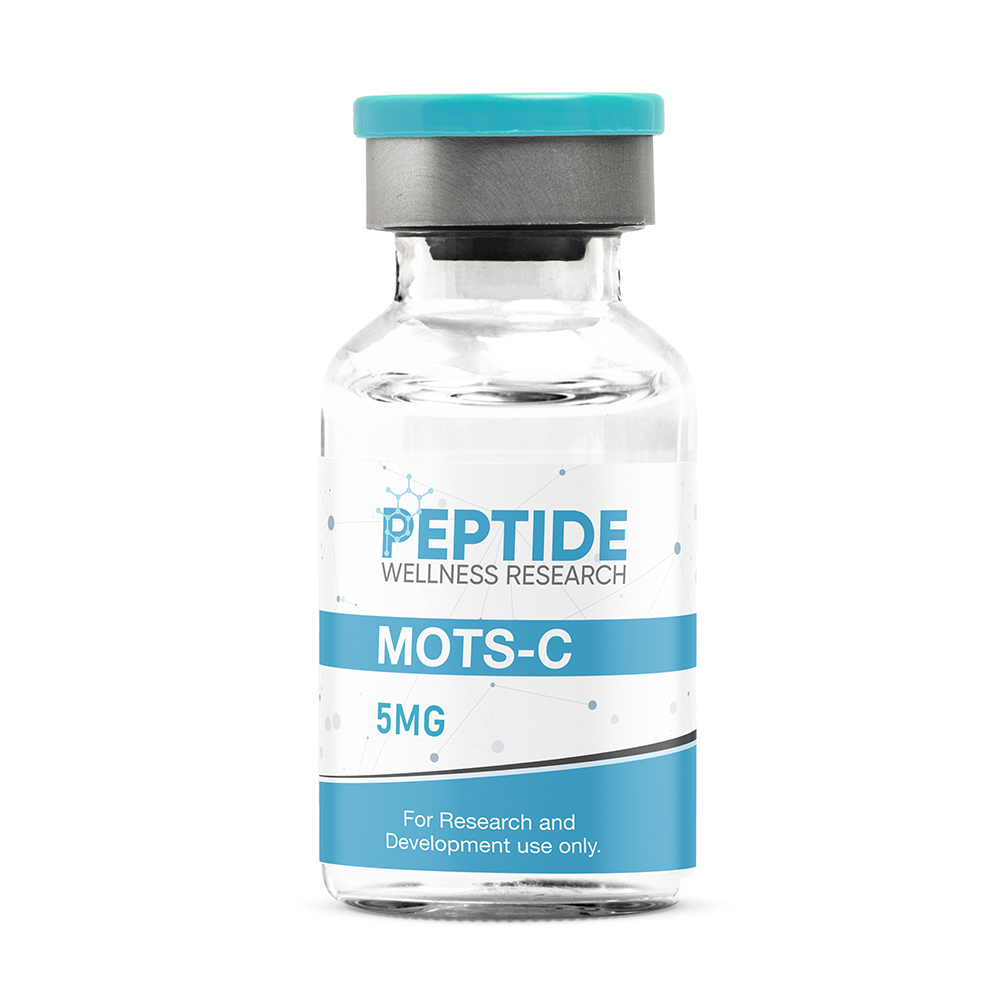
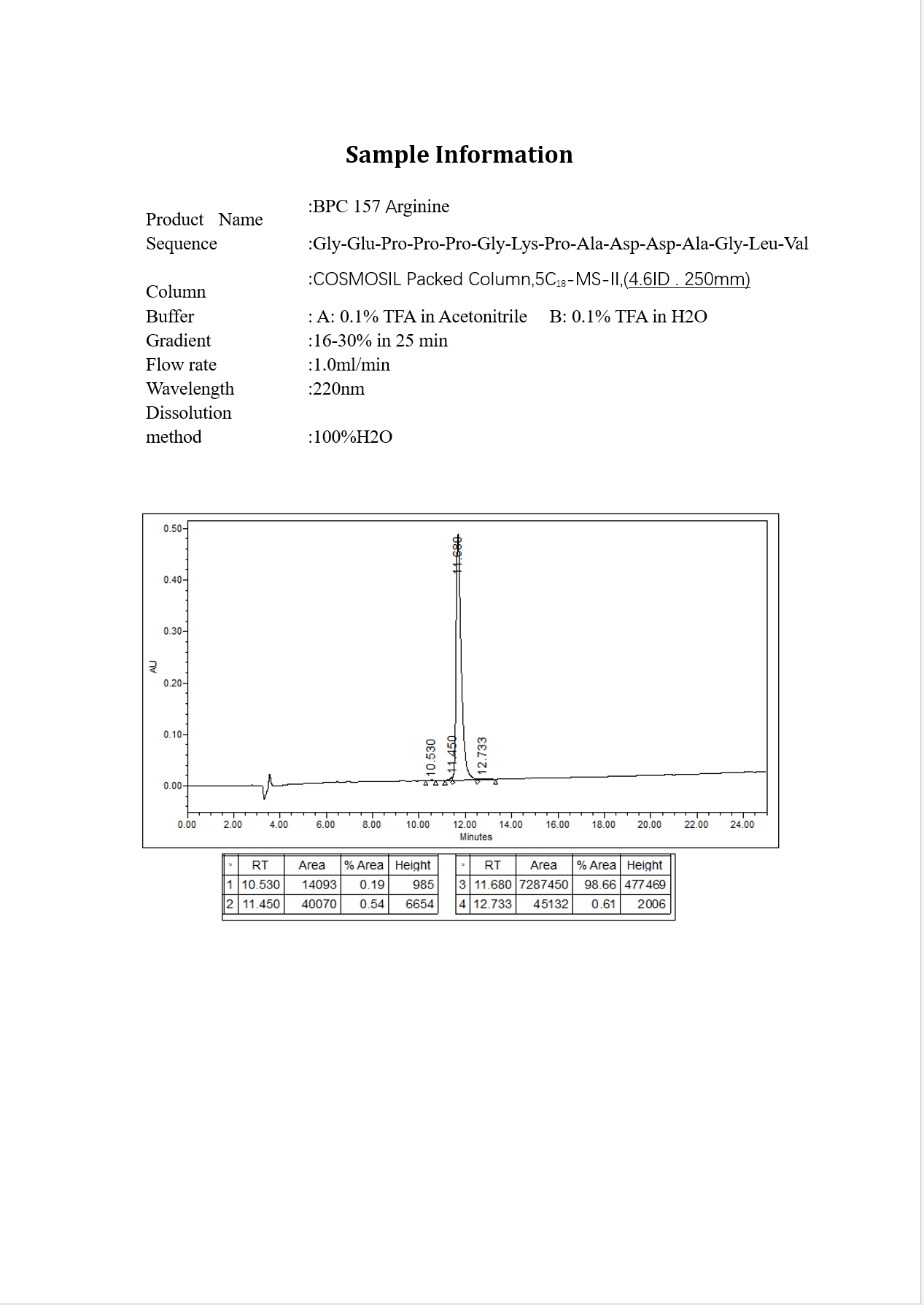

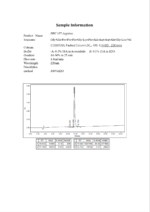
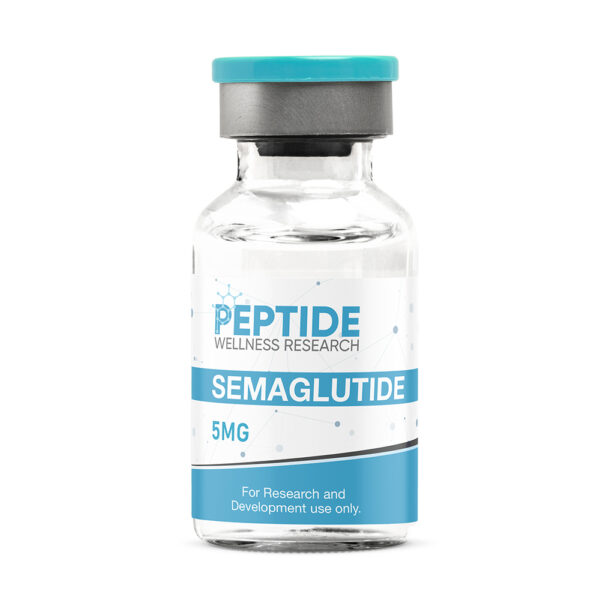
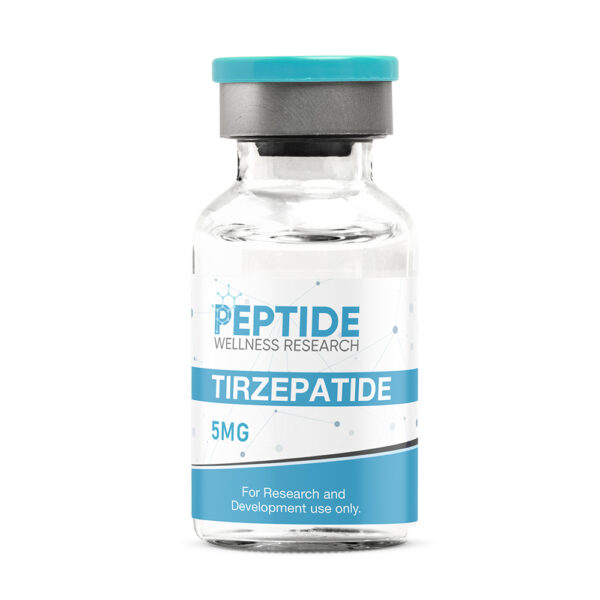
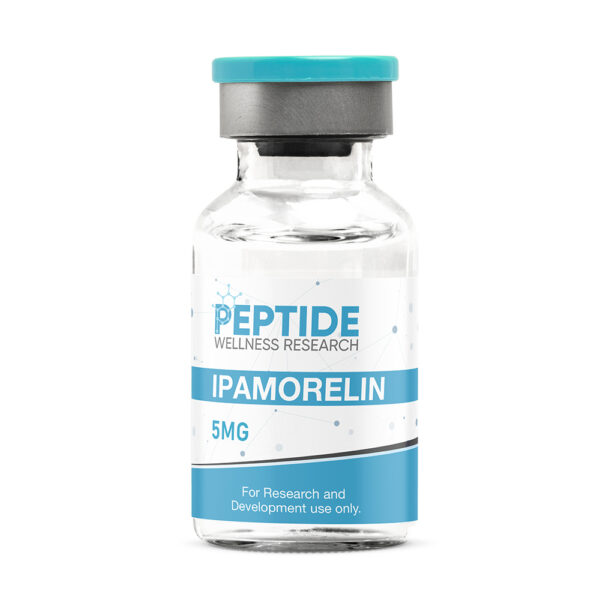
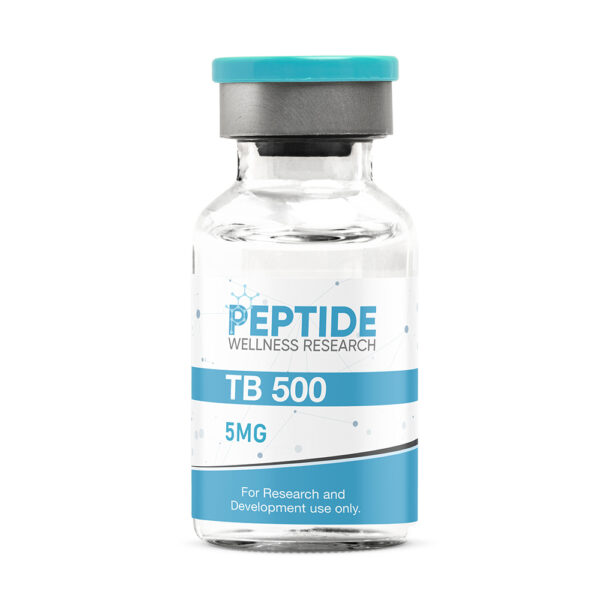
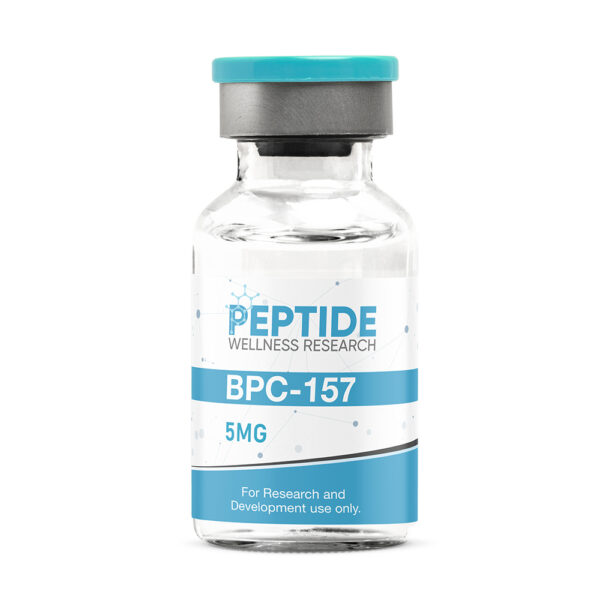
Reviews
Clear filtersThere are no reviews yet.